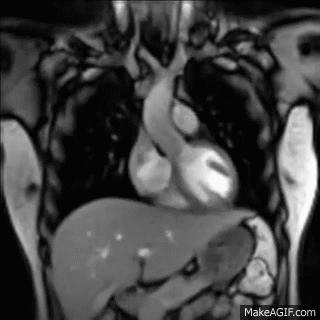How would a breathing exercise improve my knee pain?
- Chris Ricard
- Jun 2, 2024
- 3 min read
Knee pain, hip pain, back pain, shoulder pain, neck pain...all of the above, and more, are often influenced by our breathing mechanics. When you begin to look at the body as a fluid based system rather than a bunch of isolated mechanical components, this becomes much easier to comprehend. All credit to Bill Hartman PT (check him out here: https://billhartmanpt.com/) for the formation of this model of human movement that inspires my approach.
There are a number of reasons that this model influences my approach so significantly, but for the sake of brevity, I can reduce it down to the fact that this model is based on universal principles and it respects the complexity of the human system. The traditional approach to biomechanics is largely based on levers, pulleys and cadavers (dead bodies) all of which neglect the fact that we are primarily made of fluid! Fluid-based things must behave as fluid behaves, right? Simply put, movement occurs in the body via shifting of fluid, from high pressure, to low pressure. Remember back to chemistry class, learning about concentration gradients...yawn... An easy, every-day example would be the shifting of weather patterns. Clouds/weather systems move from high pressure toward low pressure.
(MRI of breathing in real-time)

This topic can get very complex, very quickly, but let's discuss how breathing mechanics fit in here. Inhalation expands the system, exhalation compresses the system. If you free-dive or SCUBA then you know that inhaling makes you more buoyant, and exhaling makes you sink because you've increased your density. This is true on land as well, it's just less apparent than when you're in the water. Right, so when we breathe, we are modulating our internal pressure. Again, this modulation of pressure allows movement to occur (pressure gradient). This applies at the macro level and at the micro level.
Since we know a gradient of pressure is required for movement to occur, we can infer that if movement in an area is restricted, we have disrupted the pressure gradient!
Let's say your hamstrings feel tight/restricted in their mobility. I could have you stretch the muscle for weeks on end, probably to no avail, (guarantee you know someone who always complains about their tight hamstrings, even though they stretch them 40x per week), OR, we could determine via physical assessments that you might have difficulty shifting pressure into certain areas of your body, which has resulted in tight hamstrings. By utilizing certain positions, constraints and focused breathing we can influence the pressure gradients in our body to more effectively address movement limitations! The real reason we might want to do this is to facilitate variability in the body. Restriction in mobility and loss of movement variability influences the way that we manage force/physical stress. A lack of variability can result in difficulty sharing load across multiple tissues, thus overloading certain tissues. That can potentially get painful!
Final example: if you're dealing with knee pain you need to understand the importance of being able to shift pressures within the thorax and the pelvis, because this will directly influence the movement available at the femur (thigh bone) which influences the way your knee moves and manages force. Hopefully at this point you understand that this is applicable to the rest of the body as well, not just the leg! If you've tried the basic, traditional rehab exercises but haven't seen much change in your movement capabilities or symptoms, you may need to consider this approach.
Thanks for reading!
Chris
_JPG.jpg)

Comments